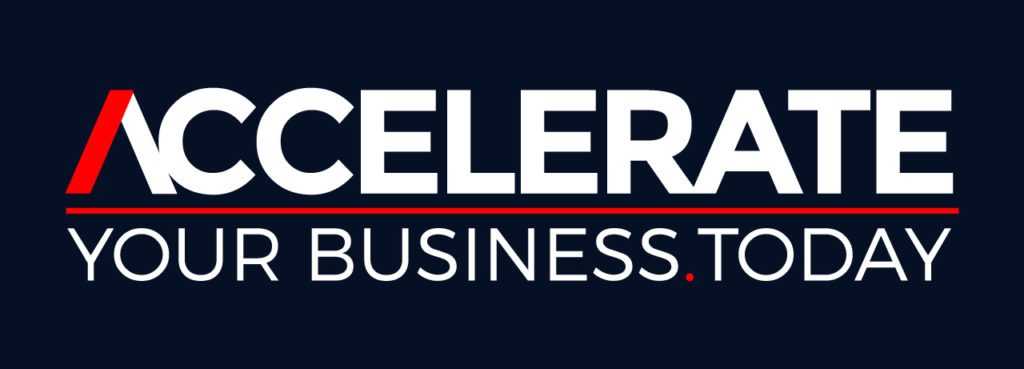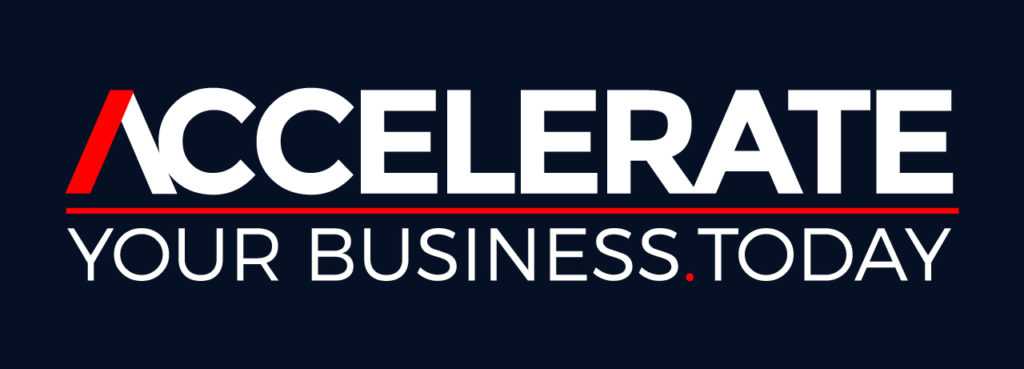Three real-world examples of how people have found a cause, a purpose of great interest to them and, in turn, created enormous personal wealth.
These are their stories and how they achieved success.
Case Study 1
Amnon Shashua started OrCam in 2010 with his co-founder, Ziv Aviram. – Amnons aunt was losing her eyesight. He searched for and built a product to help her live an independent lifestyle. As a result, he founded a successful business as he solved many people with similar problems – he gave them improved results.
Ziv Aviram has a history of success – he previously created Mobileye, autonomous vehicle technology and sold it to Intel for $15B
Financial Performance -Orcam
- raised over $130M
- valued at over $1B,
- Its revenue is circa $100 million and profitable,
Three Product Business
A) OrCam MyEye (Retail about $3,500)
- An intelligent camera on the stem of your eyeglasses dictates to the wearer what sign(s) are in front of them via an earpiece.
- It scans barcodes,
- Recognises faces helping users know whom they are interacting with,
Loss of eyesight and, worse, blindness significantly impact people’s lives. Orcam makes a real difference.
B) OrCam Read (about $1,990)
- About the size of a highlighter pen, it uses a laser targeting system and AI technology to scan almost any document. Once the scanning is complete, the OrCam Read will dictate the passage to the user, who can adjust the playback speed.
C) OrCam Learn (about $55/month subscription plan):
- The device operates like the OrCam Read.
- It analyses written content, evaluates the user’s comprehension, and provides positive feedback and constructive criticism through its advanced AI language system.
The Successful Ingredients – How to Win More Today.
1) Deliver Real Value – OrCam created and solved real-world problems without which people can’t live.
2) Delivers a 10x Improvement – their products dramatically improve the lives of the visually impaired, who will pay a premium to regain their autonomy.
3) Is affordable for many – the right price is the bullseye of volume buyers and higher profits.
4) Develop a high-performance marketing plan – OrCam primarily promotes its brand by posting organic social media videos. Its campaigns centre on the impact on buyers’ lives with heartfelt testimonials on how Orcom changed their lives. As a result, it has captured significant PR, featured on the USA Dr Phils TV program with tens of millions of viewers.
Case Study 2
Doug DeMuro is a 34-year-old car enthusiast – in 2013, he launched a YouTube channel to review cars and their performance.
- His YouTube channel eventually had over 4 million subscribers and 1.6 billion views.
- At the start, he made money allowing advertising on his channel.
- 2020, he launched Cars & Bids, an online auction marketplace that makes it easy for people to sell their cars.
- He sold part of the shareholding for $37 million to Venture Capital – Chernin Group. The platform generated over $200 million in sales at that point.
The successful ingredients – How Demuro did it
1) Always searching for the next big thing
- His most significant early concern: YouTube won’t work forever. He feared his viewers would turn, ‘We’re sick of this dude.’ And at some point, the algorithm will swing a different way. He was searching for how to monetise his vast audience and become a real business.
2) Adjacent markets are always easier
- Millions of people viewed DeMuro’s channel when considering buying a new car,
- Those same people would be inclined to purchase that car through him,
- He leveraged his audience and expertise to grow the platform,
- He launched via Organic Social Media on his YouTube channel and other social media platforms by publishing a video where he auctioned off one of his cars,
- The platform was instantly profitable,
Next Steps
The Chernin Group investment allowed for the employment of a seasoned CEO to accelerate Cars & Bids growth further.
Case Study 3
Bryce Maddock opened the first TaskUs office on the floor of a Filipino elementary school in 2009. He was strapped for cash and thought he could make an extra dollar.
Maddock has grown TaskUs to a $1.27 Billion valuation.
- TaskUs provides digital services for Silicon Valley companies like Tinder, Whisper, and Uber.
- These companies partner with TaskUs to outsource entire operation sectors – customer service, content moderation, and product engineering.
Financial Performance
- Within the first five years, revenue reached $15.7M,
- TaskUs’s growth has continually experienced double-digit year-over-year growth; last year, it generated $956 Million in revenue.
How Maddock did it
A) Not Cheapest Just Better: His competitors race to the bottom; whatever your price, they try to beat it with a lower price. TaskUs differentiated approach – provide reasonable prices and high-quality work that preserves their client’s culture and brand.
- TaskUs has 23,000 employees, primarily based in the Philippines,
B) Follow Existing Demand: TaskU’s original business model – clients submitted a task, and TaskUs sent it to someone whose skills were best suited to complete the task – but it failed to generate revenue and form a client base.
Maddock transitioned his business into a traditional outsourcing company – where demand already existed.
C) Arrive Early: The big hook – we save Silicon Valley startups so they reach profitability sooner.
- Outsourcing tedious day-to-day operations for less cost allowed them to build their best products and services,
- Targeting startups in their infancy allowed TaskUs to grow alongside Tinder and Uber, along with many others,
Ask Any Questions: Are you struggling with a business question? Feel free to reach out – [email protected]
Regards
David

